Everything you need to know about colour correcting
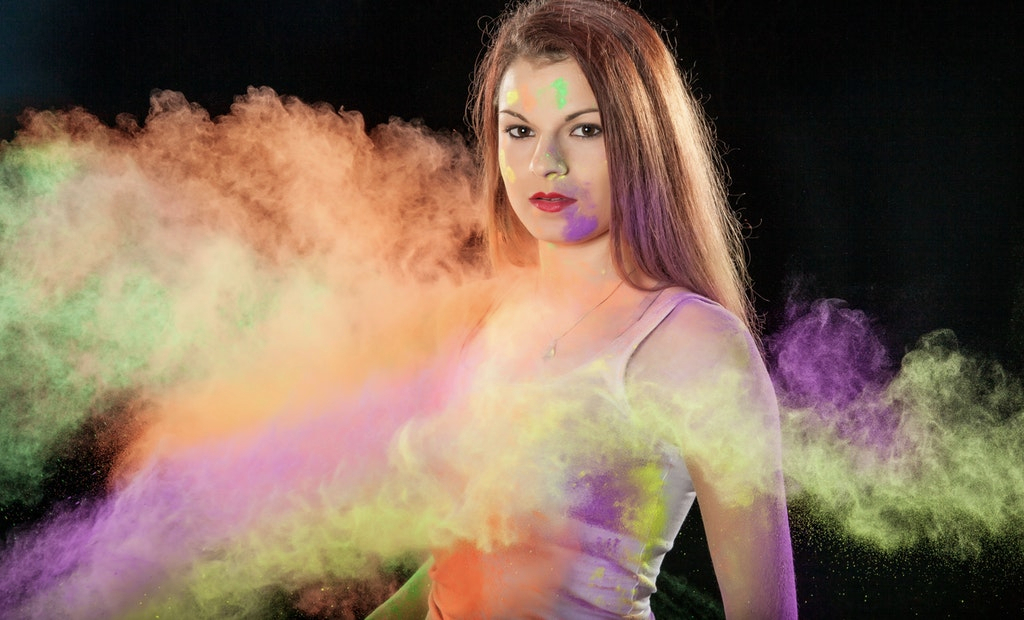
Just a cursory search for #mua on Instagram shows you exactly why they are called make up artists. And there is one technique in particular that makes us feel like we’re adding the finishing touches to the Sistine Chapel: colour correcting. If you thought that CC products were a simple marketing trick to get people to toss out their BB creams you are sorely mistaken. There is a science behind colour correcting and though the palettes might look confusing (green and lilac, who invited you to this party?) it is surprisingly easy to wrap your head around. We’re giving you the lowdown on colour correcting.
The basics
Remember your school days and art class – though you may not know it by name you are probably familiar with Itten’s Farbkreis. Johannes Itten was a famous expressionist painter who devised seven theories of contrast based on his colour circle. The one that concerns us when it comes to colour correcting is the theory of contrast by complement which means you can neutralise a colour through use of the opposite colour in the colour wheel. So, if you have a pimple surrounded by inflamed skin you can neutralise the redness with a touch of green. Sounds simple enough right? Let’s run through some options.
Green
As stated above, green and red are opposites so green is your go to colour for irritated, inflamed skin. For all those living with rosacea, a skin condition that turns the skin red, a green concealer cream can be a holy grail. Suffering from a cold and have a red nose? A little bit of green primer neutralises the redness.
Lavender
Lavender corrects unwanted yellow undertones and can work wonders for dull or greyish skin. Mix in a tiny bit with your foundation for a brighter complexion or add a dab extra to your forehead, nose and chin for an all over glow!
Yellow
So if lavender cancels out yellow… OK no points for figuring out that yellow cancels out purple, blue-ish hues. If the skin underneath your eyes is very thin and your veins show clearly, giving you that permanent all-nighter look, then yellow primers are your gift from the gods. Prime with a yellow CC cream under your foundation to give your concealer some extra punch.
Peaches and oranges
Peach, pink or salmon tones and oranges and reds, depending on your skin tone, will help you correct age spots and dark circles as a result from melanin overproduction. You might have to experiment a little bit to find your perfect colour roughly speaking the lighter the skin the lighter the peach, if you have a darker skin lean more towards oranges and reds.
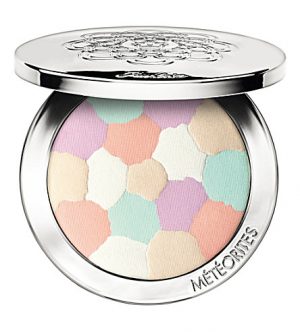
Mix it up
Like the idea of colour correcting but not really feeling the hassle of figuring out what you need where? For a quick ‘n easy refresher for your face opt for multi-correcting powder which mixes several colours to give your face an effortless glow.
Sally Wijers



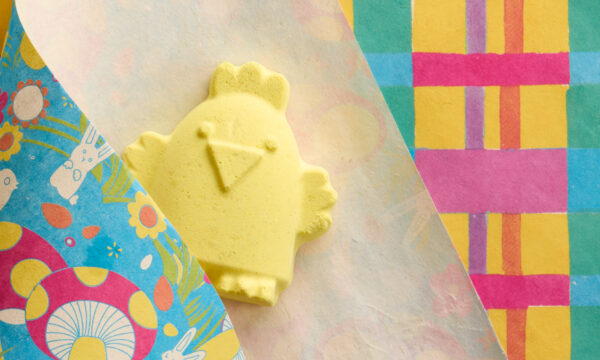
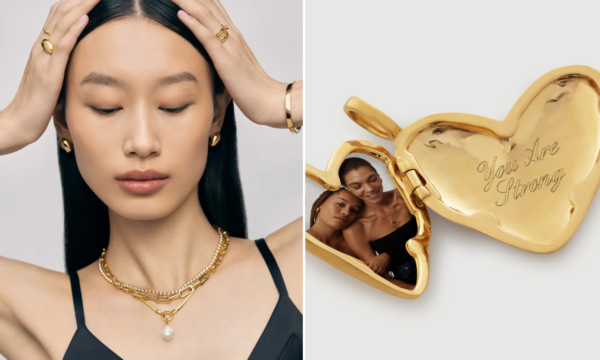
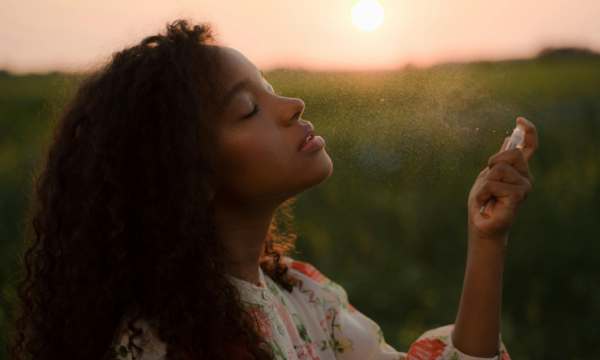



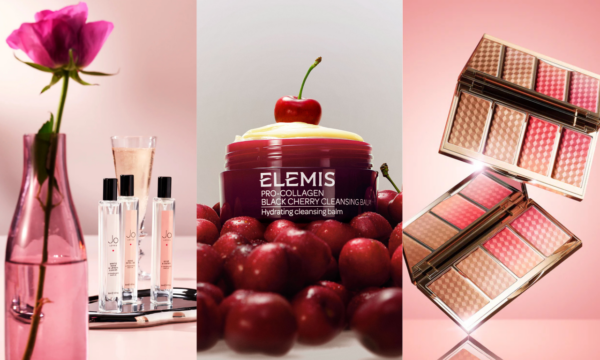













Facebook
Twitter
Instagram
YouTube
RSS